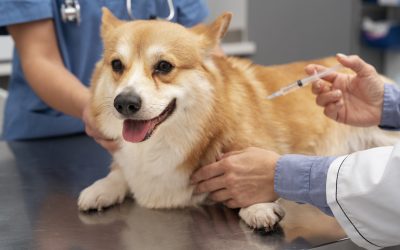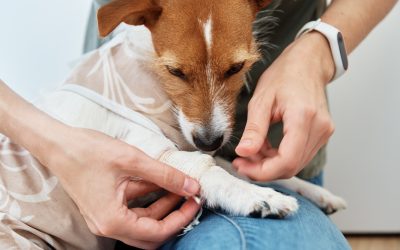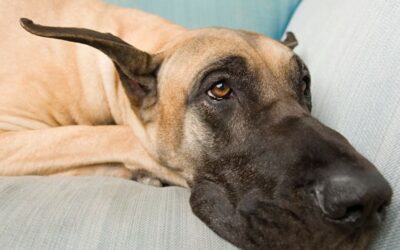Bloat (GDV) in Dogs [Signs, Causes, & How to Fix It]
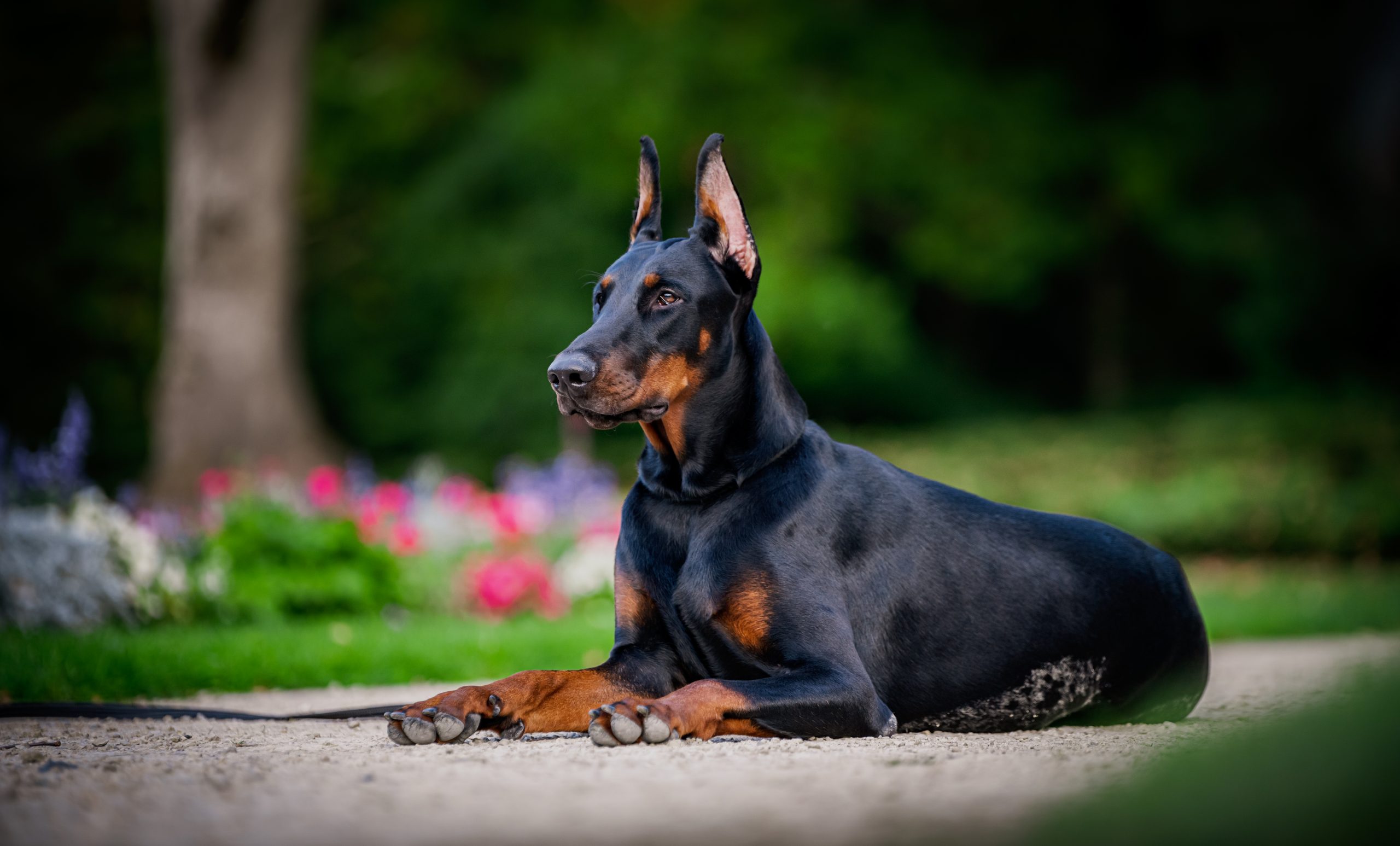
Introduction to Bloat in Dogs
When it comes to our furry friends, their health and well-being are of utmost importance. Unfortunately, dogs can experience various health issues, and one such condition is bloat, also known as Gastric Dilatation-Volvulus (GDV). Bloat is a serious and potentially life-threatening condition that affects dogs, particularly large and deep-chested breeds. This article will delve into the causes, signs, and symptoms of bloat in dogs and the necessary steps for prevention and treatment.
Understanding the Causes of Bloat in Dogs
Bloat occurs when a dog’s stomach fills with gas, fluid, or food, causing it to expand. This expansion can lead to a dangerous condition where the stomach twists upon itself, obstructing the blood flow and preventing the release of trapped gas. While the exact cause of bloat is unknown, there are several factors that can contribute to its development. Large meals, rapid eating, exercise after eating, and stress can all increase the risk of bloat in dogs. Additionally, certain breeds, such as Great Danes, Boxers, and Doberman Pinschers, are more prone to developing bloat due to their deep chests.
Recognizing the Signs and Symptoms of Bloat in Dogs
Early recognition of bloat symptoms is crucial for the well-being of your dog. The signs of bloat may vary, but some common symptoms to look out for include a distended abdomen, restlessness, excessive drooling, unproductive vomiting, and attempts to vomit without success. As the condition progresses, your dog may appear weak, have difficulty breathing, and show signs of shock. It is important to note that bloat can progress rapidly, so if you suspect your dog may be experiencing bloat, seek veterinary assistance immediately.
The Timeline of Bloat in Dogs
Understanding the timeline of bloat can help you grasp the urgency of the situation. Bloat typically occurs in two stages: the distension stage and the torsion stage.
Distension Stage
In the distension stage, the dog’s stomach fills with gas, causing it to expand. This stage can last anywhere from minutes to several hours.
Torsion Stage
If left untreated, the stomach can twist upon itself during the torsion stage, cutting off the blood supply and leading to tissue death. The torsion stage can progress rapidly, and immediate veterinary intervention is crucial to save your dog’s life.
What Happens When a Dog’s Stomach Twists?
When a dog’s stomach twists, also known as gastric torsion, it can have devastating effects on their health. The twisted stomach obstructs the blood flow to vital organs, leading to tissue death and organ failure. Additionally, the trapped gas in the stomach puts pressure on the diaphragm, making it difficult for the dog to breathe. Without prompt medical attention, gastric torsion can be fatal. Recognizing the signs of bloat and seeking immediate veterinary care to prevent the stomach from twisting is essential.
The Importance of Early Detection and Veterinary Intervention
Early detection and immediate veterinary intervention is crucial when it comes to bloat in dogs. If you suspect your dog may be experiencing bloat, do not hesitate to contact your veterinarian. Time is of the essence, as bloat can progress rapidly, and every minute counts. Your veterinarian will perform a physical examination, conduct diagnostic tests, and may need to stabilize your dog before proceeding with treatment. Remember, the sooner you seek veterinary care, the better the chances of a successful outcome.
Home Remedies for a Bloated Stomach in Dogs
While immediate veterinary care is essential for treating bloat, you can try some home remedies to alleviate your dog’s discomfort before reaching the veterinary clinic. However, it is crucial to note that these remedies do not substitute professional medical attention.
One home remedy is to gently massage your dog’s abdomen in a clockwise direction to help release trapped gas. You can also try offering small sips of water, as dehydration can worsen the condition. Additionally, keeping your dog calm and preventing them from engaging in any physical activity can help prevent the stomach from twisting further. However, always consult with your veterinarian first before attempting any home remedies.
Preventive Measures to Avoid Bloat in Dogs
Prevention is key when it comes to bloat in dogs, especially for breeds that are predisposed to the condition. Here are some preventive measures you can take to minimize the risk:
- Feed your dog smaller, more frequent meals rather than one large meal a day.
- Use elevated feeding bowls to reduce the amount of air your dog swallows while eating.
- Slow down your dog’s eating pace by using puzzle feeders or placing large objects, such as tennis balls, in their food bowl.
- Avoid vigorous exercise immediately before or after meals.
- Keep your dog calm and stress-free, as stress can contribute to the development of bloat.
- By implementing these preventive measures, you can greatly reduce the chances of your dog developing bloat.
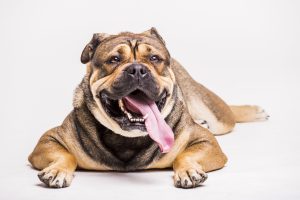
How to Care for a Dog Recovering from Bloat Surgery
If your dog has undergone surgery for bloat, it is crucial to provide appropriate care during recovery. Your veterinarian will provide specific instructions tailored to your dog’s needs, but here are some general guidelines to keep in mind:
- Administer any prescribed medications as directed by your veterinarian.
- Keep your dog’s activity level restricted to prevent any strain on their abdomen.
- Feed your dog small, frequent meals of easily digestible food.
- Monitor your dog closely for any signs of complications, such as infection or difficulty breathing.
- Attend all follow-up appointments with your veterinarian to ensure a smooth recovery.
Following these care instructions can help your dog recover successfully from bloat surgery.
Average Cost of Treating Bloat in Dogs
Treating bloat in dogs can be costly, as it often requires emergency surgery and intensive veterinary care. The cost may vary depending on factors such as the severity of the condition, the need for additional procedures, and the geographical location. On average, the cost of treating bloat in dogs can range from $1,500 to $7,500. It is important to note that these figures are estimates, and the actual cost may differ. To prepare for such unforeseen expenses, consider pet insurance to help offset the costs of emergency medical care.
How Can Pet Insurance Help You if Your Dog Has Bloating?
Pet insurance can be a valuable tool in managing the costs of treating bloat in dogs and other veterinary expenses. By having a pet insurance policy in place before your dog is diagnosed with bloat, you can have peace of mind knowing that you can provide medical care for your furry companion without worrying about the financial burden. Pet insurance can help cover the costs of veterinary consultations, diagnostic tests, medications, and even specialized treatments if required.
Reimbursement
This method is the most common for pet insurance companies. You pay out of pocket for the veterinarian bill, and then the insurance company reimburses you for what’s covered under the insurance plan. The steps look like this.
- You pay the vet bill after your dog’s visit.
- You fill out the pet insurance claim form.
- Submit the claim form and other required documentation to the insurer.
- After the claim is approved, you will be reimbursed for eligible expenses.
Illness & Injury Plan
The Illness & Injury Plan is an all-inclusive insurance plan designed to cover a wide range of medical needs for your pet. This plan includes comprehensive coverage for various illnesses, injuries, and veterinary services. Some of the covered items include:
- Veterinary exams and consultations
- Diagnostics (e.g., X-rays, lab tests)
- Prescribed medications
- Surgeries and hospitalization
- Rehabilitation, acupuncture, or chiropractic treatments
- Medically necessary supplies
- Euthanasia and cremation
The Wellness Plan
The Wellness Plan is a monthly membership that focuses on preventive care and covers routine veterinary services.
- Provides reimbursements for routine care items such as wellness visits (exams and vaccines), testing and parasite prevention, dental cleanings and at-home dental care, vitamins, supplements, and more.
- Through Odie’s partnership with Petivity, a leader in smart pet products and proactive care, Wellness Plan members can also receive reimbursements for Petivity devices and health kits, as well as eligible Purina food and supplements.
- Total reimbursement up to $700 per year.

